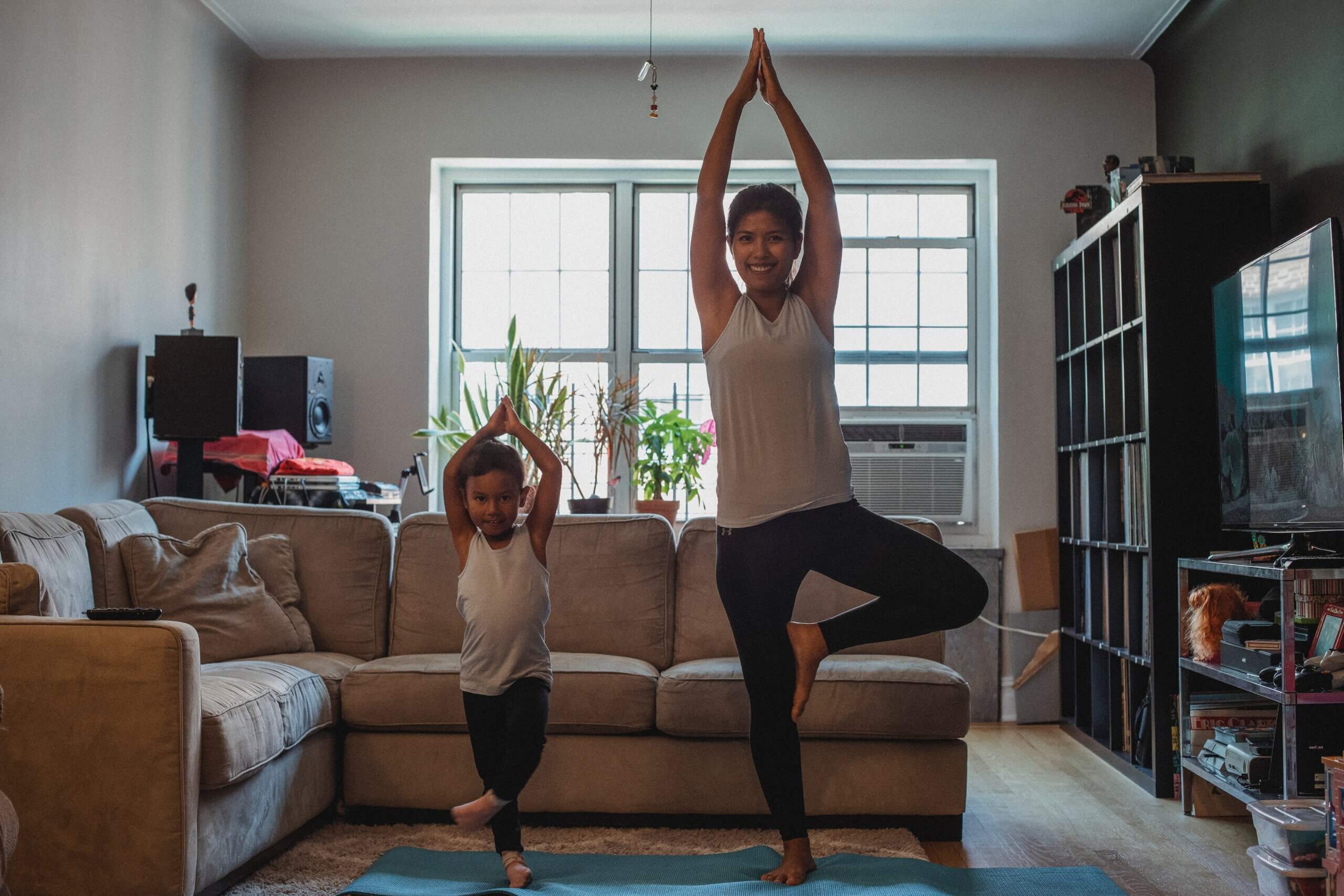Introducing yoga to kids at home can be a powerful tool to help them build strength, flexibility, and mindfulness skills. It’s a fun and engaging way for children to explore their bodies, minds, and emotions in a non-competitive environment.
Here are some tips to help you create a kid’s yoga routine at home that is both fun and engaging.
1. Start with Small Exercises
When introducing yoga to your children, it’s essential to start with small exercises that focus on simple movements and poses. This will help build their confidence and understanding of yoga principles. Some great beginner poses to start with include:
- Tree Pose: Helps improve balance and focus
- Downward Dog: Stretches the hamstrings and strengthens the arms
- Child’s Pose: Encourages relaxation and stretches the back
Remember to be patient and encouraging, as kids may not get the poses right away. Give them plenty of time to explore and practice.
2. Make It a Fun Playing Activity
Kids learn best when they are having fun, so incorporating play into your yoga routine is essential. Use games, stories, and imaginative play to engage your children in the yoga practice. Here are a few ideas to make your yoga sessions more playful:
- Animal Poses: Encourage your kids to imitate different animals while holding yoga poses. For example, they can pretend to be a cat while doing the Cat Pose or a snake during Cobra Pose.
- Yoga Dice: Create or purchase yoga dice with different poses on each side. Have your child roll the dice and perform the pose that comes up.
- Storytelling: Develop stories that incorporate different yoga poses. For example, you could tell a story about a journey through a jungle, with each pose representing a different animal or obstacle they encounter along the way.
3. Try Sensory Activities
Sensory activities can help children develop a deeper understanding of their bodies and the world around them. Incorporating sensory play into your yoga routine can create a more engaging and immersive experience. Some ideas for sensory activities include:
- Playing with textured yoga mats or blankets
- Using essential oils or scented candles to create a calming atmosphere
- Incorporating music or nature sounds to set the tone of the practice
- Utilising props like soft blocks or stuffed animals for added tactile stimulation
4. Journal Together
After each yoga session, take a few minutes to write in a journal with your child. This can be a great way to reflect on the experience and discuss what they enjoyed or found challenging. Journaling can also help children develop their writing and communication skills.
Some journal prompts include:
- What was your favourite pose today?
- How did your body feel during the practice?
- What emotions did you experience during yoga?
- What is something new you learned today?
Final Thoughts
Creating a fun and engaging kids’ yoga routine at home can be an excellent way to bond with your child while teaching them valuable skills. Remember to be patient, encouraging, and open-minded as you explore the world of yoga together. With time and practice, your child will not only develop a love for yoga but also build a strong foundation for a healthy and balanced life.
Do you want to start with children’s yoga in the UK? Yogamoo is the perfect option for you. Yogamoo runs various yoga classes, from pregnancy yoga to children’s yoga training courses. Call us today for more information.
[/fusion_text][/fusion_builder_column][/fusion_builder_row][/fusion_builder_container]

Leave A Comment